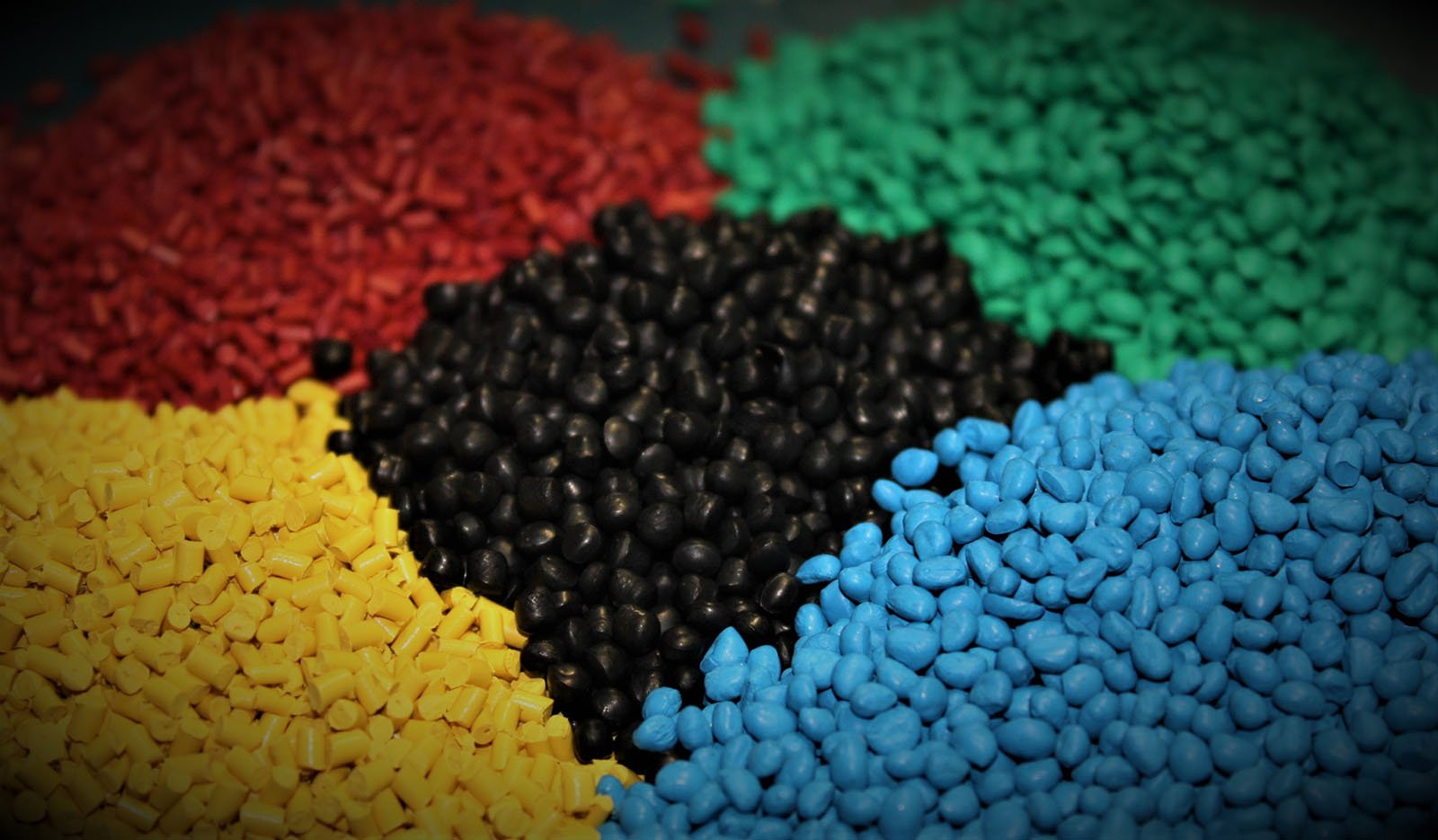There are thousands of different plastics available for injection molding. If you’re trying to choose the right material for the job, it can be overwhelming. To help with material selection, we’ve found it’s best for both our customers and ourselves to leverage the knowledge of our material suppliers. They stay in touch with the latest material developments, price fluctuations, price volatility and have developed a good sense of what materials are best suited for applications. To that end, it’s still valuable for everyone to have a basic understanding of plastics and how they are used.
There are two major categories of plastics, thermoplastics, and thermosets.
Thermosets
The material starts as small pellets and can be shaped into a final product by melting, pressing, or injection molding. When processed, a thermoset plastic goes through a chemical reaction to create bonds in the polymer chains. The chemical reaction is not reversible and can only be processed once. However, it makes for high-strength and high-temperature resistance. Common types of thermoset plastics are epoxy, silicone, polyurethane, and phenolic.
Thermoplastics
Like thermosets, thermoplastics come in the form of pellets. They become soft with heat and are processed by heating, forming, and cooling. The most common form of processing being injection molding. Since thermoplastics don’t undergo a chemical change, they can be processed multiple times over. Thermoplastics are also broken into two further defining categories of semi-Crystalline and Amorphous.
Amorphous
Amorphous plastics are easy to injection mold and possess better dimensional stability than Semi-Crystalline plastics. That is, they generally warp and shrink less. They are generally stronger and more suited for structural applications. Although they are strong, they can stress fracture and do not work as well as Semi-Crystalline plastics for bearing surfaces. Here are some of the most common types.
- ABS
- Acrylic
- Polycarbonate
- PVC
- PC / ABS
Semi-Crystalline
Because of the molecular structure, these plastics are tough in terms of resisting breaking. They also make great bearing surfaces, live hinges, and provide good chemical resistance. The downside is they generally shrink and warp more compared to Amorphous plastics. Here are some of the most common types.
- Acetal
- Nylon
- PBT
- HDPE
- LDPE
- PET
- Polypropylene
The challenge is that multiple suppliers manufacture all these plastics, and they all provide different material properties. Most of these plastics can come with additives for specific purposes. For example, the material properties of Nylon can be drastically changed by adding glass fibers. Even though we have two categories of thermoplastics, they are not strictly defined by that. Semi-Crystalline plastics may have some Amorphous aspects in the polymer chains.
The wide array of options in the industry can be overwhelming but can also provide the perfect fit for your application. This is why we stay in touch with our material suppliers and use them as a resource. Often times, we will have our customers work directly with our material suppliers to find the right plastic for the job.
This post is part of our Designing for Injection Molding series. Check out more here.


